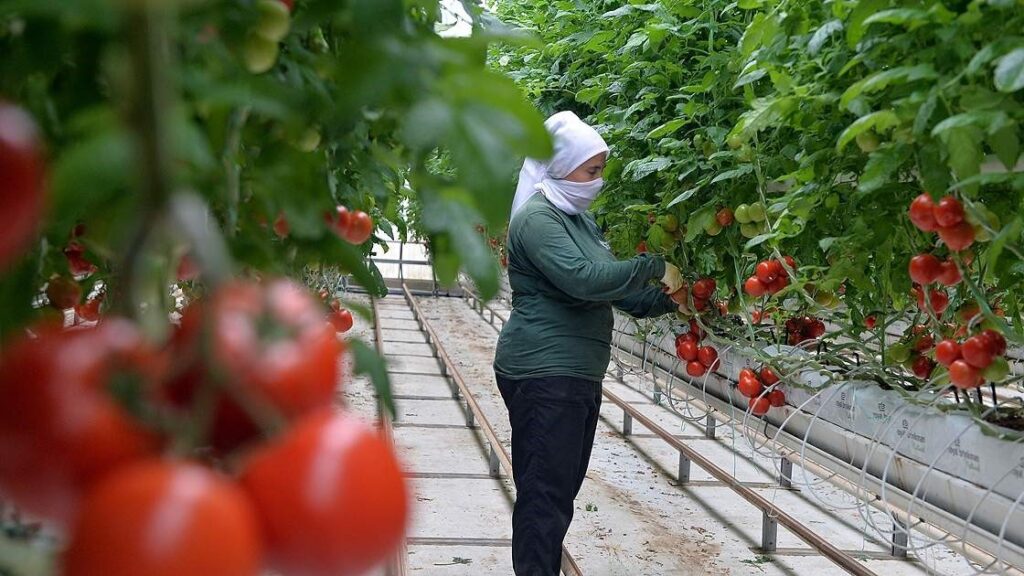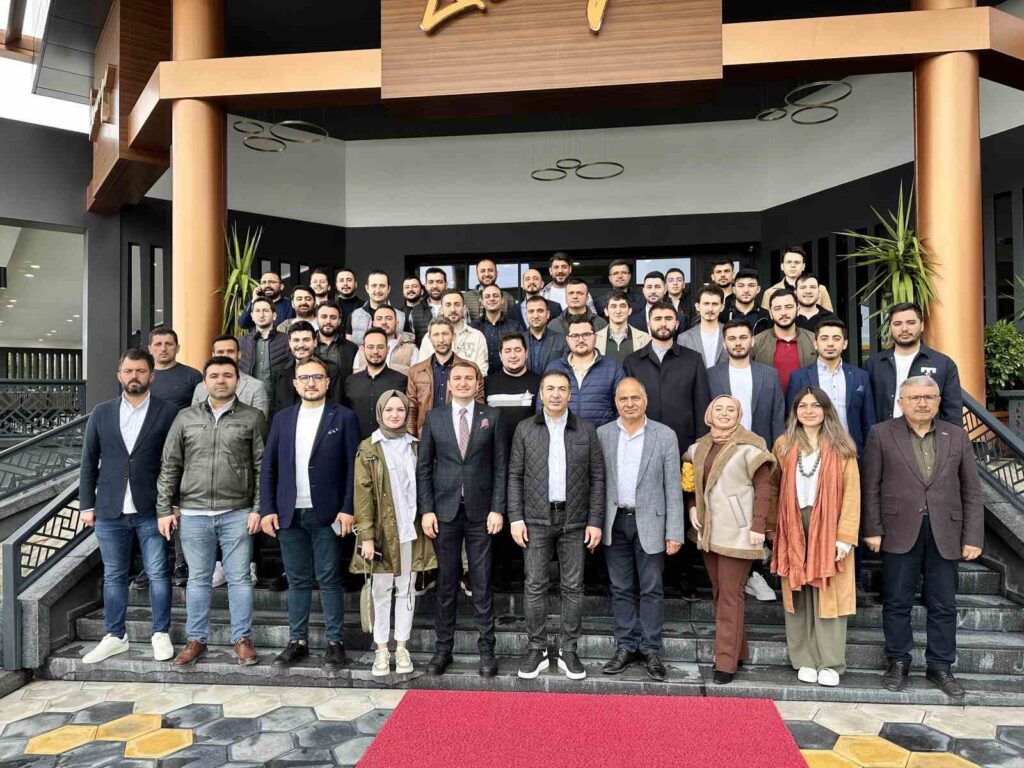The “White Gold” geothermal energy of the Anatolian geography
Turkey, which is the first in Europe and the fourth in the world in geothermal resource potential, wants to make more use of this completely domestic and renewable resource. In evaluations made on the occasion of October 17, World Geothermal Day, Geothermal …

Turkey, which is ranked first in Europe and fourth in the world in geothermal resource potential, aims to utilize this completely domestic and renewable resource more effectively.
On the occasion of the 17 October World Geothermal Day, Ali Kındap, President of the Geothermal Energy Association (JED), pointed out that Turkey’s geothermal potential, which has been explored and documented, stands at 62,000 Megawatts (MW). He stated, “Despite this giant potential, our usage in electricity generation, greenhouse applications, residential heating, and thermal tourism is only at 7,000 MW level. This level corresponds to approximately 11% of our potential. As the Turkish geothermal energy sector, we are working to ensure that our country benefits from this endless resource much more and creates value.”
“Geothermal is the key to the ‘2053 Net Zero’ vision”
Kındap reminded that the Anatolian geography has been intertwined with geothermal richness for thousands of years and has settled in areas where geothermal resources are found. He emphasized that geothermal energy holds a significant place among the primary energy sources that will contribute to the realization of Turkey’s ‘2053 Net Zero’ vision.
Stating that the highest level of technology applications in geothermal practices worldwide are found in Turkey, JED President Ali Kındap made the following assessment: “Our geothermal electricity generation capacity, which currently stands at 1691 MW, could reach 5,000 MW within a few years. Our geothermal greenhouse area, which is at the level of 6,600 acres, could reach 100,000 MW, and our geothermal heating, which serves 155,000 residences, could be expanded to 1.5 million homes. Our thermal bed capacity, which is currently at the level of 65,000 beds, could be increased to 500,000 beds. All these targets are based on scientific foundations and resource adequacy. Geothermal is the white gold of Anatolia. This geography has over 1,500 natural geothermal resource outlets. By bringing this endless resource to serve the common prosperity of our nation, we can elevate our fourth-place ranking in the world to a clear leadership. As the Turkish geothermal sector, we are ready to be the catalyst for this great vision with our investors, engineering expertise, human resources, and financial strength.”
“OTBs should be integrated with geothermal resources”
Kındap pointed out that geothermal energy shows distinct differences compared to other renewable resources due to its ability to create value in various usage areas, emphasizing that geothermal resources play a vital role in Turkey’s cheap, healthy, and accessible food production.
In this context, he expressed support for the decision by the Ministry of Agriculture and Forestry to establish 61 Organized Agricultural Regions (OTB) in 42 provinces across Turkey, stating that it is crucial for these regions to be integrated with geothermal resources.
JED President Kındap stated, “While the agricultural workforce in our country has declined to below 500,000, energy costs hold a significant place in production expenses. Today, it is possible to produce all kinds of agricultural products in geothermal greenhouses and deliver them to the final consumer under the most favorable conditions. Our country, which has the most fertile soils and climate in the world, is far below its potential for agricultural production and export. The key to making this potential visible lies in our geothermal resources. In Kozaklı district of Nevşehir, in Sandıklı of Afyon, and in Diyadin, a district of Ağrı at an elevation of 1925 meters, tomatoes can be produced at minus 35 degrees, and this production has a more competitive price than the tomatoes produced in Antalya. The efficiency and yield levels in these examples can easily compete with countries that are leaders in the world.”







